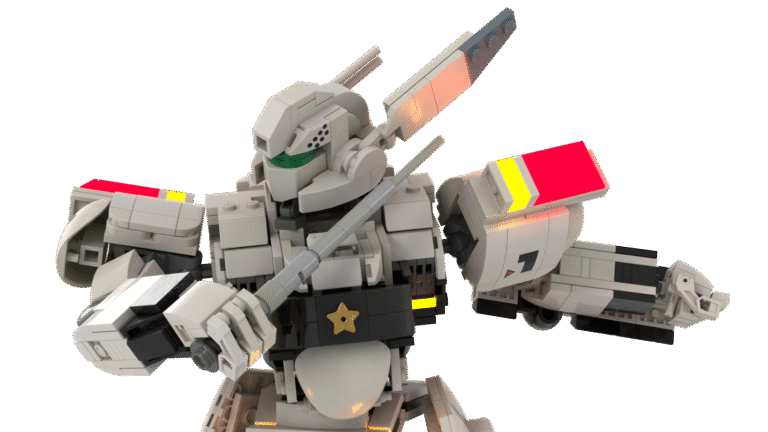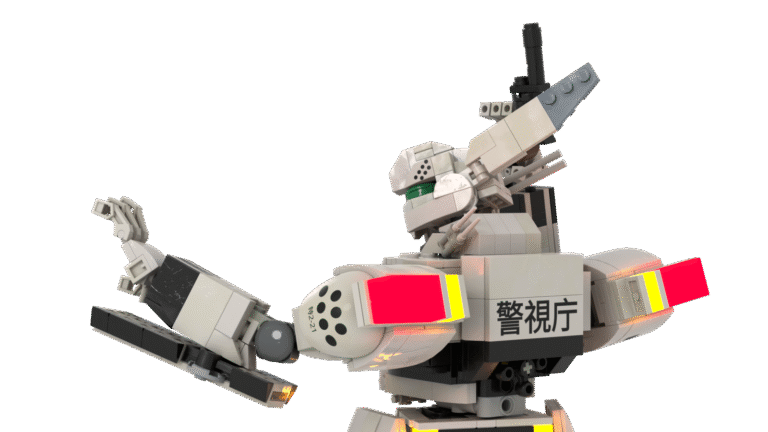
Building realistic LEGO mechs and characters isn’t just about scale—it’s about proportion, articulation, and detail. Whether you’re creating a towering robot or a stylized figure, making your build look believable and functional requires a thoughtful approach. In this article, I’ll share the key principles I use to bring realism into my LEGO creations.
1. Start with a Reference and Proportion
Why It Matters:
Accurate proportions are the foundation of realism. Use images or models as a reference.
Pro Tip:
Determine your scale (I use 1:30) and stick to it. Use minifigs or custom scale models as a measuring base.
2. Build a Skeleton First
Why It Matters:
A skeletal framework gives your mech structure and balance. It also helps define posture and joint range.
Pro Tip:
Use Technic beams and pins to rough out the limbs and torso before adding bulk.
3. Layer in Armor and Details with SNOT
Why It Matters:
Surface detailing adds visual interest and realism.
Pro Tip:
Use SNOT techniques (Studs Not On Top) to attach armor at different angles. Mix slopes, grills, and tiles for texture.

4. Focus on Joints and Articulation
Why It Matters:
Movement is essential for realism. Proper joint placement and strength give your characters lifelike poses.
Pro Tip:
Combine ball joints, ratchets, and Technic pins for flexibility and durability.
5. Add Color Contrast and Mechanical Elements
Why It Matters:
Mechanical greebles and color blocking bring depth and storytelling to your build.
Pro Tip:
Use hoses, bars, gears, and transparent tiles as functional and decorative elements.
Conclusion
Bringing realism to your LEGO mechs and characters comes down to structure, proportion, and details. By following these design principles, you can create LEGO models that feel alive—and maybe even ready for battle.
Explore More
Check out my other guides on joint construction, LEGO mech stability, and advanced building techniques to level up your skills!
